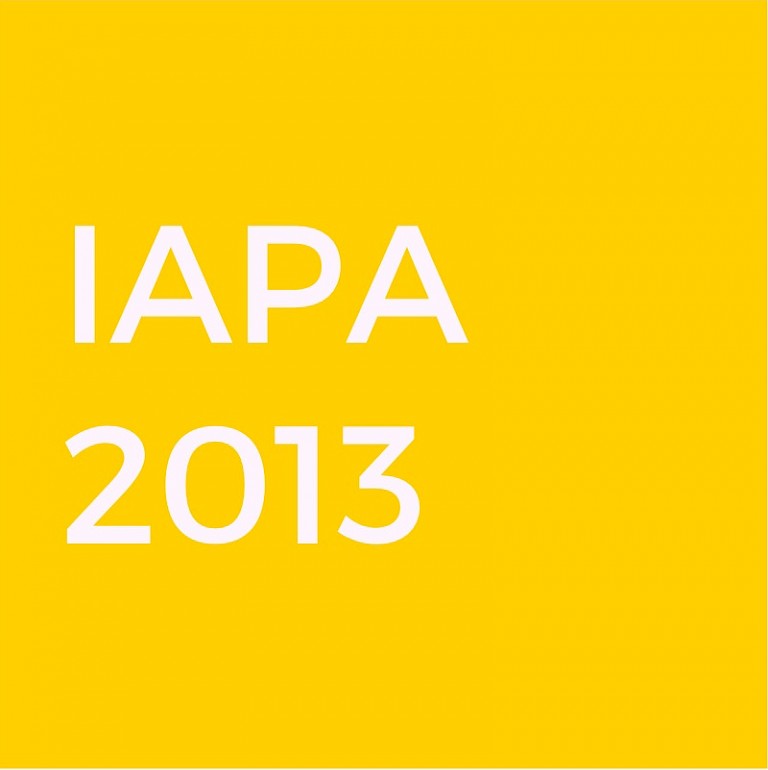



From The Leas, on a clear day, the French coast can easily be seen on the horizon. This very much informed the selection of the site, as the artist felt it was important to be able to see France in the distance when viewing the work. Folkestone Triennial had to negotiate extensively with the council to gain permission to install a temporary work on the site. During the installation period some resistance was met from residents, however on explaining the inspiration and local significance of the work it was widely supported by the local community. In response to the positive reception of Folk Stones by the inhabitants of Folkestone and the wider audience, the decision was made, with the artist, to acquire the work for Folkestone on a permanent basis. This was fully supported by Wallinger and the Anthony Reynolds Gallery who, when Folkestone Triennial was unable to raise the capital funds to purchase the work, donated Folk Stones to remain on The Leas.
In the fours years since its installation, Folk Stones has become both a visitor attraction, drawing national and international crowds as a contemporary art work and a memorial, with large numbers of the local community gathering at the work on Armistice Day to reflect on the loss of lives that each stone represented. The work has been clearly signposted as an artwork, and a brief description is given outlining the events the work refers to.
As the work was only intended to be installed temporarily, measures have since been put in place to maintain the work in the long term. Due to its prolonged exposure to the elements, some of the numbering became increasingly less visible and required repainting. To ensure that no number is ever duplicated, a full survey of the stones was recently undertaken to map out the location of each numbered stone within the square.
All copyright belongs to Shanghai Academy of Fine Arts, Shanghai University.


